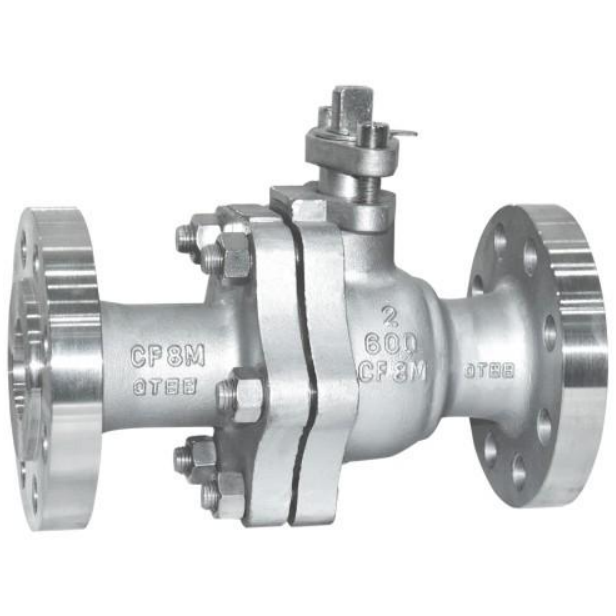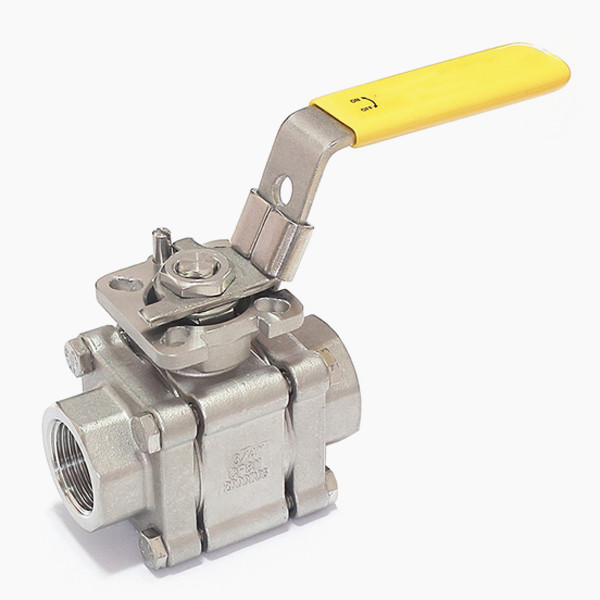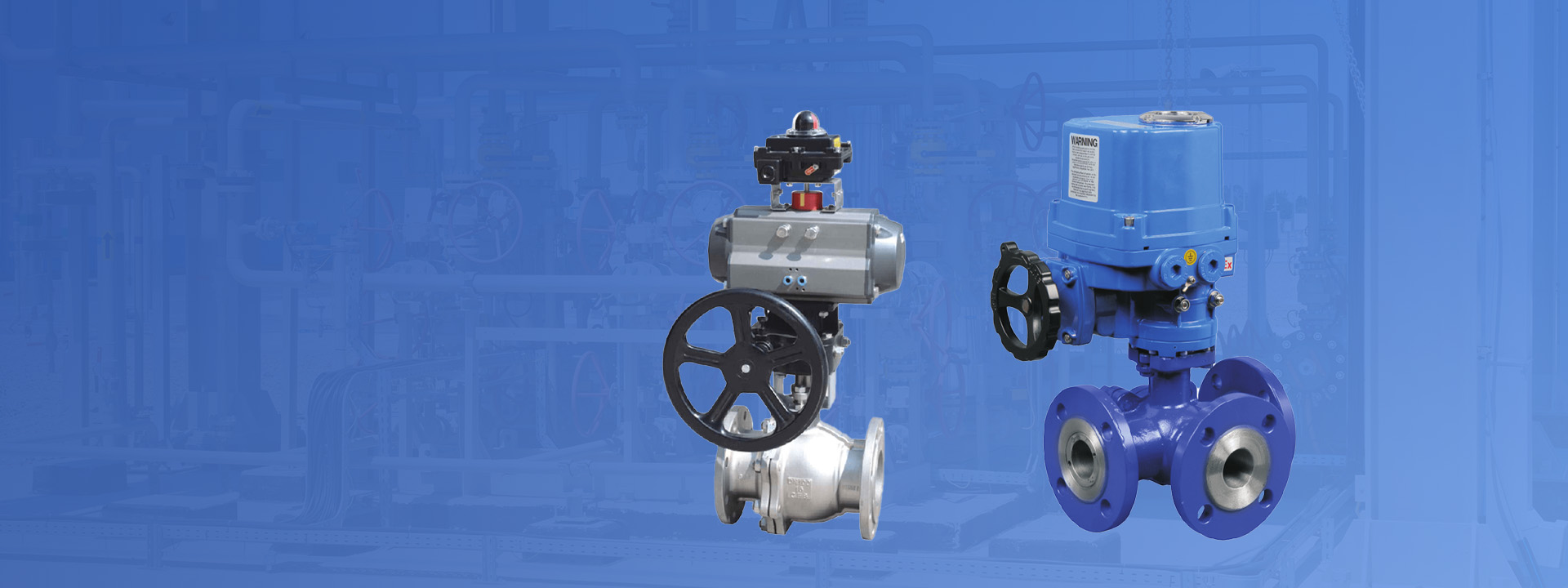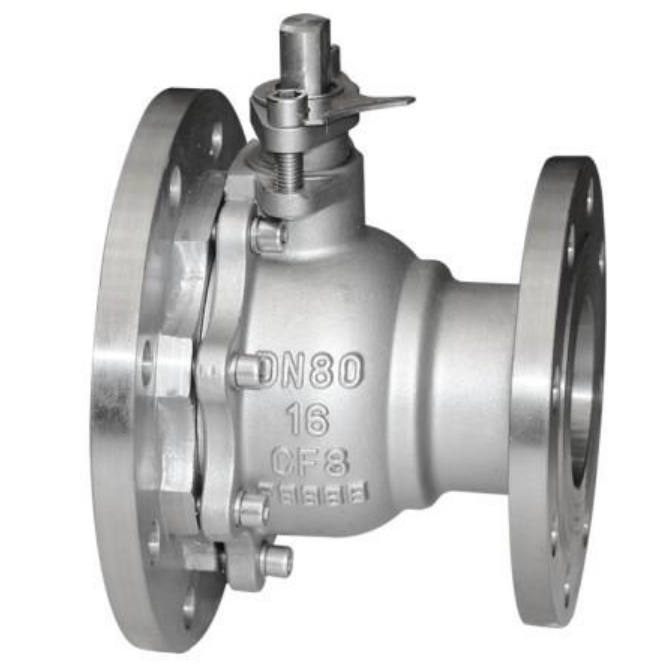Stainless steel 304 variable diameter discharge flange ball valve
Stainless steel 304 variable diameter discharge flange ball valve is a common pipeline valve, usually used to control the flow of fluids. A large flange on one side and a small flange on the other side are better to prevent the medium from getting stuck and blocked during the discharge process. It can be manually switched or switched by electric or pneumatic actuators.
Material: Stainless steel 304 is a corrosion-resistant stainless steel material suitable for use in corrosive environments. This material is commonly used to manufacture valve bodies and valve covers.
Variable diameter: Variable diameter usually refers to the inlet and outlet of a valve having different diameters. This design can be used to change the flow rate and pressure of fluids. In ball valves, fluid flow is usually controlled by the position of the valve core, thereby achieving the effect of variable diameter.
Discharge flange: The discharge flange is part of a ball valve and is usually used to connect with pipelines. These flanges allow ball valves to be installed in piping systems and ensure sealing performance. Stainless steel 304 is also commonly used to manufacture flange parts to ensure their corrosion resistance.
Working principle: Ball valves control fluid flow by rotating the ball. When the sphere rotates parallel to the pipeline axis, the valve closes, preventing fluid flow. When the sphere rotates perpendicular to the pipeline axis, the valve opens, allowing fluid to pass freely. Ball valves usually have the characteristic of quick opening and closing, which can quickly control the flow of fluids.
Application: Stainless steel 304 variable diameter discharge flange ball valve is suitable for many industrial applications, especially in situations where corrosion resistance is required. They are commonly found in industries such as chemical, petroleum, natural gas, food processing, and pharmaceuticals.
Please note that the specifications and design of ball valves may vary depending on the manufacturer and specific application. When selecting and using ball valves, it is important to understand the specifications, working principles, and applicable environmental conditions of the valve to ensure safe and reliable operation.






 首页
首页
 Valve selection
Valve selection  news information
news information  联系我们
联系我们